Madeline Halpert and Christal Hayes
BBC News

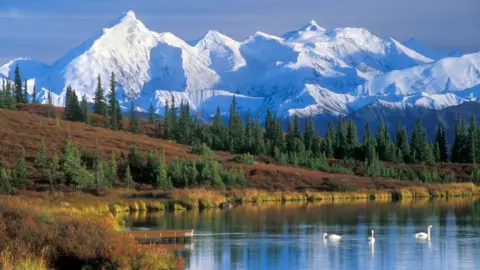 Getty Images
Getty Images
The US and Russia have agreed to hold a meeting between Presidents Donald Trump and Vladimir Putin on Friday 15 August, to discuss how to end the war in Ukraine.
Trump announced the meeting a week beforehand - the same day as his deadline for Russia to agree to a ceasefire in Ukraine or face more US sanctions.
Three rounds of talks between Russia and Ukraine held at Trump's behest this summer have yet to bring the two sides any closer to peace.
Here is what we know about the meeting between the two leaders, taking place in Alaska - which was once Russian territory - in Anchorage.
Why are they meeting in Alaska?
The US purchased Alaska from Russia in 1867, lending a historical resonance to the meeting. It became a US state in 1959.
Russian presidential assistant Yuri Ushakov pointed out that the two countries are neighbours, with only the Bering Strait separating them.
"It seems quite logical for our delegation simply to fly over the Bering Strait and for such an important and anticipated summit of the leaders of the two countries to be held in Alaska," Ushakov said.
The last time Alaska took centre-stage in an American diplomatic event was in March 2021, when Joe Biden's newly minted diplomatic and national security team met their Chinese counterparts in Anchorage.
The sit-down turned acrimonious, with the Chinese accusing the Americans of "condescension and hypocrisy".
Where in Alaska will Trump and Putin meet?
The meeting will be in Anchorage, the White House confirmed on Tuesday.
When announcing the bilateral, Trump said the location would be "a very popular one for a number of reasons", without disclosing it would be in the state's largest city.
The pair will be hosted at Joint Base Elmendorf-Richardson, the largest military installation in Alaska. The 64,000 acre base is a key US site for Arctic military readiness.

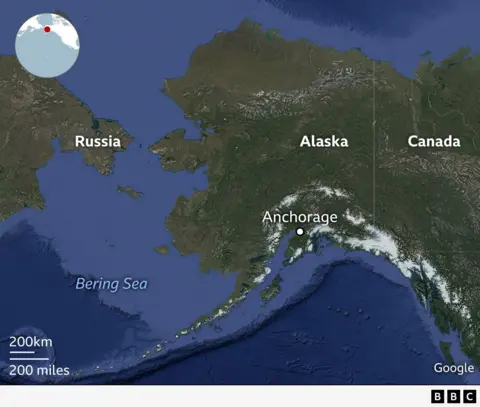
Why are Putin and Trump meeting?
Trump has been pushing hard - without much success - to end the war in Ukraine.
As a presidential candidate, he pledged that he could end the war within 24 hours of taking office. He has also repeatedly argued that the war "never would have happened" if he had been president at the time of Russia's invasion in 2022.
Last month, Trump told the BBC that he was "disappointed" by Putin.
Frustrations grew and Trump set an 8 August deadline for Putin to agree to an immediate ceasefire or face more severe US sanctions.
As the deadline hit, Trump instead announced he and Putin would meet in person on 15 August.
The meeting comes after US Special Envoy Steve Witkoff held "highly productive" talks with Putin in Moscow on Wednesday, according to Trump.
Ahead of the meeting, the White House sought to play down speculation that the bilateral could yield a ceasefire.
"This is a listening exercise for the president," said White House press secretary Karoline Leavitt. She added that Trump may travel to Russia following the Alaska trip.
Speaking to reporters on Monday, Trump said he viewed the summit as a "feel-out meeting" aimed at urging Putin to end the war.
Is Ukraine attending?
Ukrainian President Volodymyr Zelensky is not expected to attend. Trump said on Monday: "I would say he could go, but he's been to a lot of meetings."
Trump did, however, say that Zelensky would be the first person he would call afterwards.
A White House official later said that Trump and Zelensky would meet virtually on Wednesday, ahead of the US president's summit with Putin. The Zelensky meeting will be joined by several European leaders.
Putin had requested that Zelensky be excluded, although the White House has previously said that Trump was willing to hold a trilateral in which all three leaders were present.
Zelensky has said any agreements without input from Ukraine would amount to "dead decisions".
What do both sides hope to get out of it?
While both Russia and Ukraine have long said that they want the war to end, both countries want things that the other harshly opposes.
Trump said on Monday he was "going to try to get some of that [Russian-occupied] territory back for Ukraine". But he also warned that there might have to be "some swapping, changes in land".
Ukraine, however, has been adamant that it will not accept Russian control of regions that Moscow has seized, including Crimea.
Zelensky pushed back this week against any idea of "swapping" territories.
"We will not reward Russia for what it has perpetrated," the Ukrainian president said.
Watch: 'We're going to change the battle lines' Trump on the war in Ukraine
Meanwhile, Putin has not budged from his territorial demands, Ukraine's neutrality and the future size of its army.
Russia launched its full-scale invasion of Ukraine, in part, over Putin's belief the Western defensive alliance, Nato, was using the neighbouring country to gain a foothold to bring its troops closer to Russia's borders.


The Trump administration has been attempting to sway European leaders on a ceasefire deal that would hand over swathes of Ukrainian territory to Russia, the BBC's US partner CBS News has reported.
The agreement would allow Russia to keep control of the Crimean peninsula, and take the Donbas region of eastern Ukraine, which is made up of Donetsk and Luhansk, according to sources familiar with the talks.
Russia illegally occupied Crimea in 2014 and its forces control the majority of the Donbas region.
Under the deal, Russia would have to give up the Ukrainian regions of Kherson and Zaporizhzhia, where it currently has some military control.
Speaking to Fox News, US Vice-President JD Vance said any future deal was "not going to make anybody super happy".
"You've got to make peace here… you can't finger point," he said.
"The way to peace is to have a decisive leader to sit down and force people to come together."
.png)
 4 months ago
19
4 months ago
19
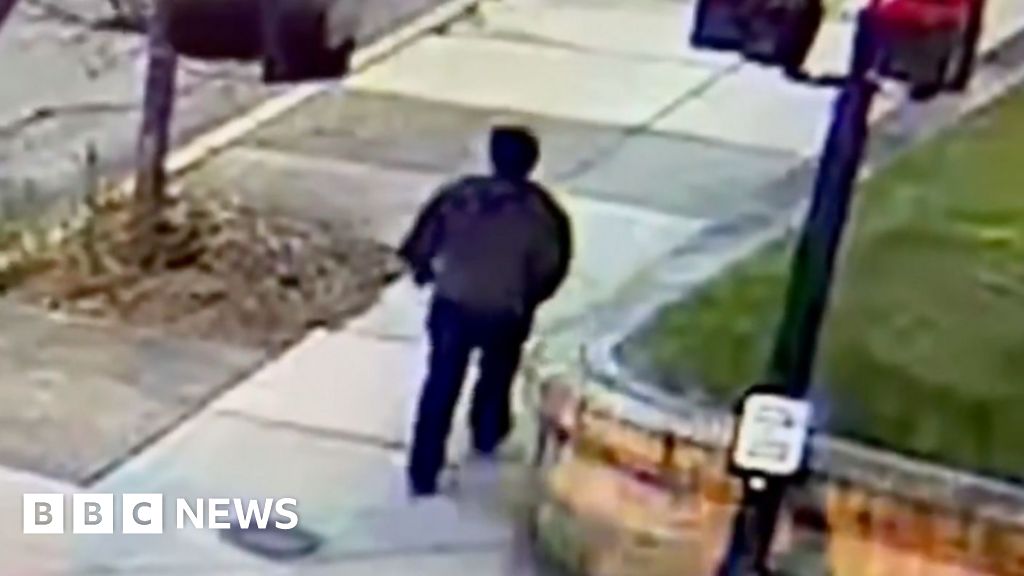
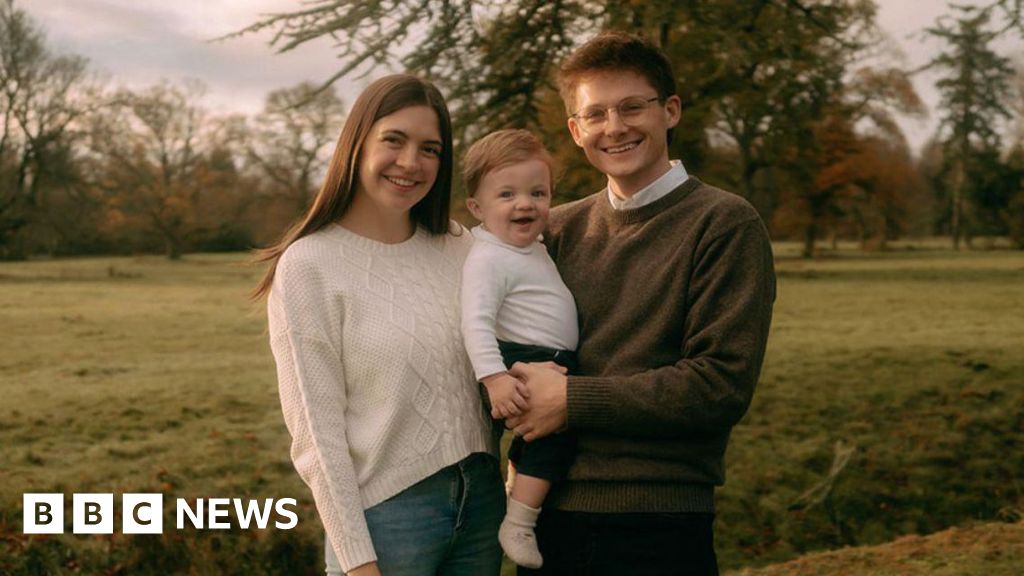
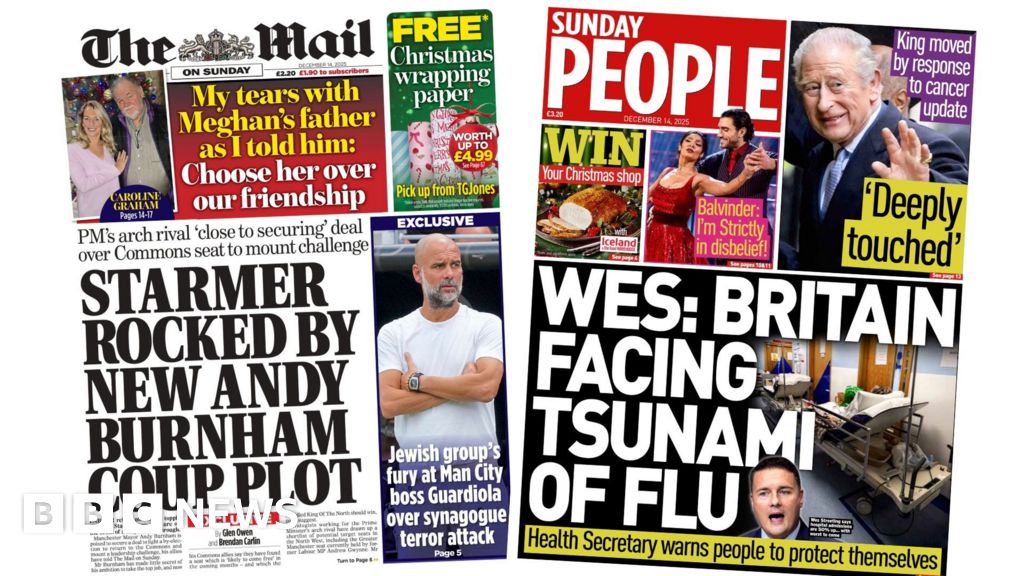

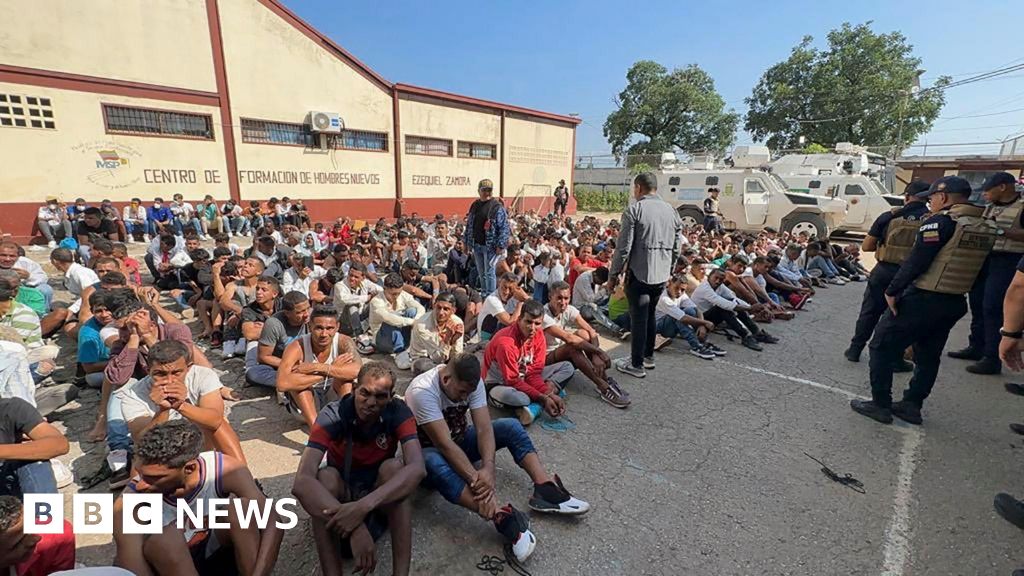

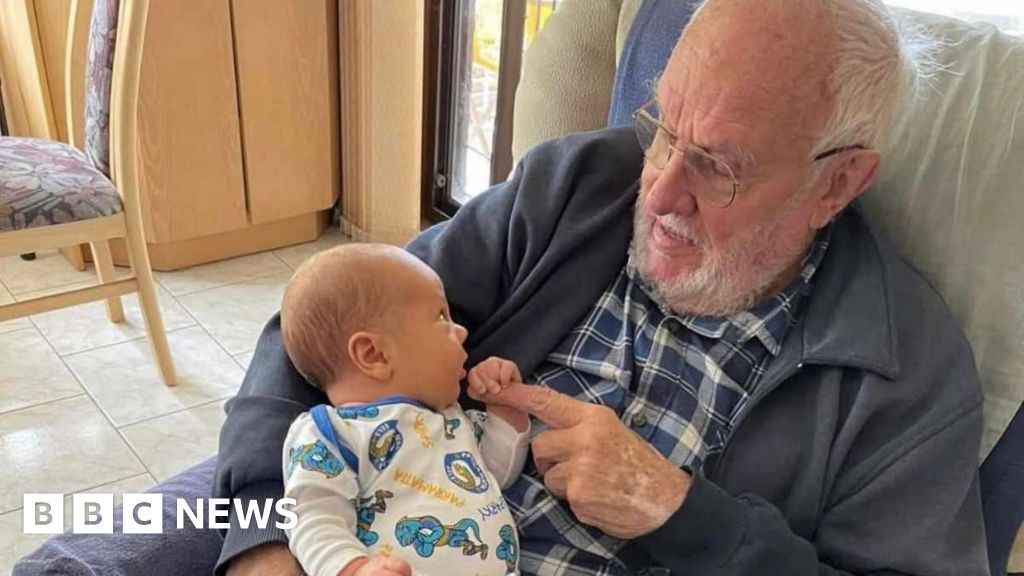

 English (US) ·
English (US) ·